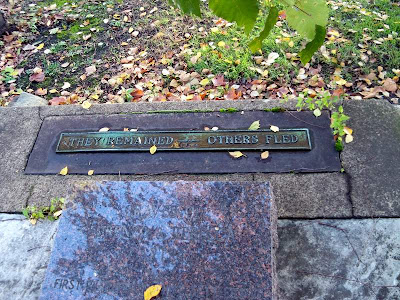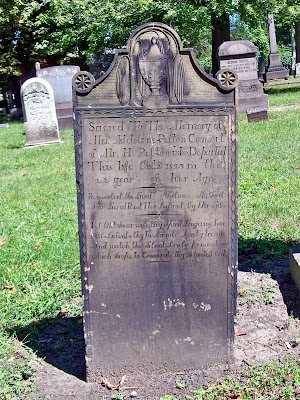Ben Casey was a television show on ABC in the first half of the 1960s. Vince Edwards played a very serious, dedicated surgeon. His character was handsome, and hard headed, and a thorn to management. The show is well remembered as a favorite for many.
The show would open with the chalking of a slate board and a calm musical intro. The voice of Sam Jaffe, whose character ( Dr. David Zorba) was a mentor to Dr. Casey, would composedly name the symbols drawn, “♂ man ... ♀ woman ... * birth ... † death ... ∞ infinity”; then a wheeled gurney, with patient covered by a sheet would burst through swinging doors, followed by shots of the two leads, a large light would click on, and the operating amphitheatre would be seen all accompanied by an instrumental theme of some tension.
The intoning of the four biological terms is stark and simple. When lives are charted, those are noted. They are all bounded, definite, and finite. The last term is not. It is a term of physics, mathematics, metaphysics. The voice says all five words in the same manner, but many people remember the last word with more drama (it has four syllables, and is therefore poetically longer than the others; the others combined have five syllables). It is a brilliant, and thought producing convention, though often subconsciously.
————————————————————————
In Cleveland, a midnight competitor to Johnny Carson on Friday night was Hoolihan and Big Chuck. They did skits, and chat, between breaks of old second rate horror films. They developed several recurring bits, one was a take-off on Ben Casey, Ben Crazy. Ben Crazy added a dollar sign to the symbol list.
O, by the way, there is no Mayan apocalypse. It is just the first day of winter.


















































